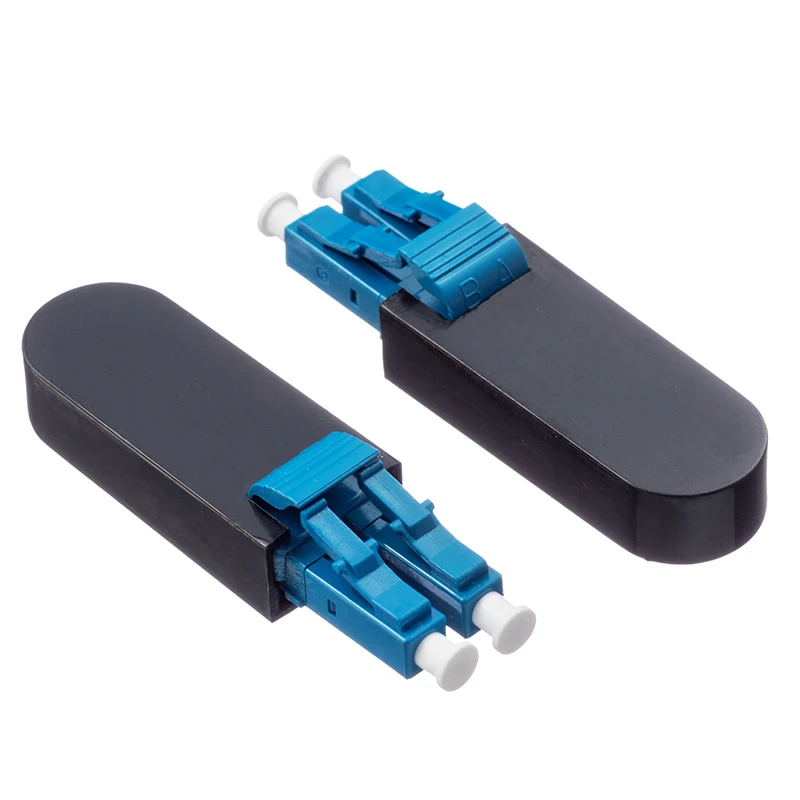
It was mentioned already in the thread, but, if it's available, definitely enable STP (Spanning Tree Protocol) on your switches. There's also little need for Crossover cables too, but that's another story. That said, there's no use for a Loopback in LAN networking.
#Loopback plugs serial
Loopback was used for serial connections (T-1s and such)īasically let the guy at CO see a closed circuit. I guess the days of old phone technologies are gone, which is too bad in some ways but that is a story for another day! Now most of the equipment can diagnose itself or would never support a loopback connection.

Before our current phone technologies these were common ways of troubleshooting. There's also little need for Crossover cables too, but that's another story.Telco equipment is really the only use of Loopback equipment and even that is pretty limited now.

#Loopback plugs software
Generally with equipment where there is no software loopback available. Once upon a time, it was a common tool, but now we have better tools. I have used them successfully to test a NIC.īut I would never plug one into a switch. I was surprised that Loopback plugs were still listed as a network/PC troubleshooting tool in the documentation, but very little real guidance on when to use them, why you use them, and what to look for.įor example, they used to be real useful for testing serial ports. Thanks!īecause it has been 15 years since I last did my A+ Technician (I was grandfathered, it didn't expire), I recently decided to re do it. You said : " A loop back typically will have a very low metric so the entire network will be sent through that link because it is reported as the fastest." That is a very helpful explanation. I did notice that the POST light on the affected switch is now amber after the power-cycle and I was reading that about disabling the port so probably once I disconnect the switch I plugged the loopback into and do another power cycle the POST will be green again. Thankfully there was no lasting effect and all was resolved quickly. Disconnecting the loopback and probably rebooting the switch should return your network to normal. A loop back typically will have a very low metric so the entire network will be sent through that link because it is reported as the fastest. I have seen some shoddy switches not disable the port. You did create a loop back which if the switch handled it correctly it should have disabled the port if Spanning Tree was enabled. Their web site refers to these as a "standard loopback plug" kit.First of all don't do this on a production network!! It will slow it to a snail's pace.ĭid you do any permanent damage, No. It's been suggested that IBM's wrap plugs come as close to a standard as anyone's. For a parallel printer cable, I was able to buy an adapter from a D-25-M to a printer socket you could pull the socket from a discarded printer and wire it into the appropriate loopback if you can't buy an adapter. For serial cables, I use a standard commercial "Gender Changer" to connect the plug to one end of the cable while the other end is connected to the port. Most commercial loopback plugs are enclosed in a block of molded rubber, but it is easy to use a volt meter to test for continuity between pins.

It seems that most diagnostc software publishers now insist on using unique loopback configurations, probably so they can sell users another product. For serial and parallel ports, no additional electronics are necessary. Well, most loopbacks will take one signal and will return it on one or more other pins, perhaps two or three returns which the test program can distinguish. Diagnostic loopbacks are designed to allow a test program to send a signal on one pin and read its presence on another pin.


 0 kommentar(er)
0 kommentar(er)
